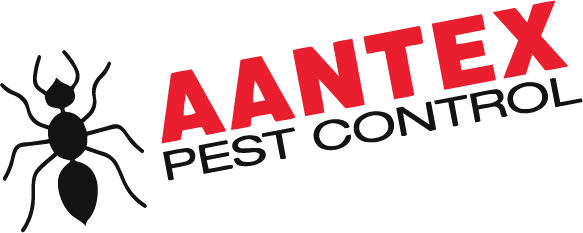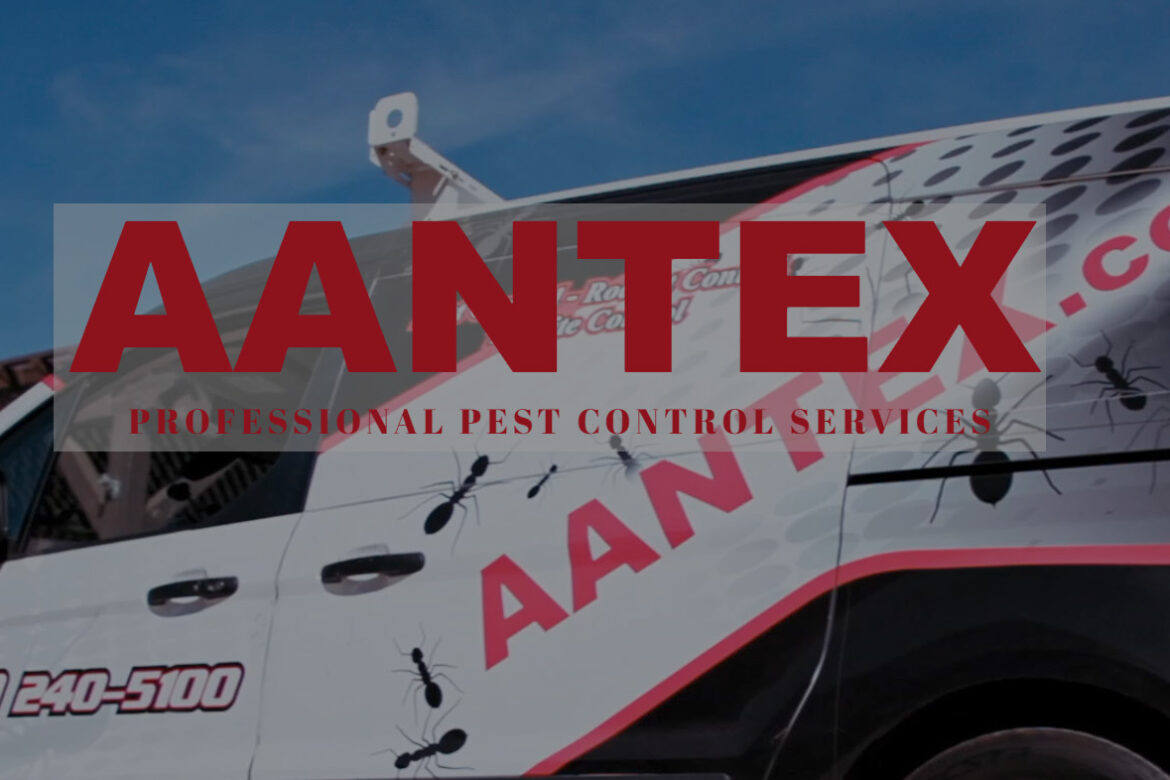Termites in Northern California: Understanding the Threat
Termites are small, wood-destroying insects that live in colonies and feed on cellulose-rich materials, including wood and plant debris. In Northern California, the most common species of termites are subterranean termites, which thrive in the region’s moderate climate and moist conditions.
Identifying Termites: Signs and Symptoms
To effectively deal with a termite infestation, it is crucial to be able to identify the signs and symptoms of their presence. Some common indicators of termite activity include:
- Mud tubes: These pencil-sized tubes are often found along the foundation of a building and serve as highways for termites to travel between their nest and food source.
- Discarded wings: When termites swarm, they shed their wings. Finding discarded wings near windowsills or on the floor is a strong indication of termite activity.
- Damaged wood: Termites hollow out wood from the inside, leaving behind a thin layer of paint or veneer. Tap the wood to check for a hollow sound, which could be a sign of termite damage.
Different Types of Termites Found in Northern California
In Northern California, there are three main types of termites that homeowners should be aware of:
- Subterranean Termites: These termites build their nests underground and create mud tubes to access above-ground food sources. They are the most common and destructive type of termite in Northern California.
- Drywood Termites: Unlike subterranean termites, drywood termites do not require contact with soil. They infest dry wood and are often found in attic spaces or wooden furniture.
- Dampwood Termites: Dampwood termites thrive in moist areas and infest wood that has a high moisture content. They are typically found in decaying wood and fallen trees.
The Life Cycle of Termites
To effectively combat termites, it is essential to understand their life cycle. The termite life cycle consists of three main stages:
- Egg Stage: Termite eggs are small and translucent, making them difficult to spot with the naked eye. They are usually laid within the colony and require specific conditions to hatch.
- Nymph Stage: After hatching from the eggs, termites go through several molts to reach the nymph stage. Nymphs are small and pale in color, resembling miniature versions of adult termites.
- Adult Stage: Adult termites are responsible for reproducing and expanding the colony. They are the most destructive stage and cause the majority of the damage to structures.
Termites’ Impact on Northern California Homes
Termites can wreak havoc on homes in Northern California, causing extensive damage and costly repairs. They feed on wooden structures, compromising their integrity over time. If left untreated, termite infestations can lead to structural instability, which poses a safety risk to homeowners and occupants.
Common Areas Where Termites Thrive in Northern California
In Northern California, termites tend to thrive in areas with a combination of moisture, wood, and access to food sources. Some common areas where termites are often found include:
- Crawl Spaces: The dark and moist environment of crawl spaces provides an ideal habitat for termites.
- Basements: Basements are prone to moisture issues, making them susceptible to termite infestations.
- Attics: Termites may infest attics where there is exposed wood or high humidity levels.
- Wooden Decks: Decks made of wood are attractive food sources for termites and require regular inspection.
Preventing Termite Infestations in Northern California
Prevention is key when it comes to termites. Here are some proactive measures homeowners can take to minimize the risk of termite infestations in Northern California:
- Eliminate Moisture: Fix any water leaks and ensure proper drainage around the foundation of the house.
- Remove Wood-to-Soil Contact: Keep firewood, lumber, and other wooden materials elevated and away from direct contact with the soil.
- Seal Entry Points: Seal any cracks or gaps in the foundation, walls, and windows to prevent termites from entering the house.
- Regular Inspections: Schedule regular termite inspections by a qualified professional to detect any signs of infestation early on.
Termite Treatment Options for Northern California Homeowners
If you suspect or confirm a termite infestation in your Northern California home, it is crucial to take immediate action. Here are some common termite treatment options available:
- Liquid Termiticides: These are applied to the soil around the foundation of the house to create a barrier against termites.
- Termite Baits: Bait stations containing slow-acting toxic substances are strategically placed to attract and eliminate termite colonies.
- Wood Treatments: Infested wood can be treated with special chemicals to eliminate termites and prevent further damage.
- Fumigation: In severe cases, fumigation may be necessary to eradicate termites from the entire structure.
Choosing the Right Termite Control Professional
When dealing with a termite infestation, it is crucial to choose the right termite control professional. Here are some factors to consider when selecting a professional:
- Experience and Expertise: Look for a professional with significant experience and knowledge in termite control.
- Licensed and Insured: Ensure that the professional is licensed and carries liability insurance.
- Reputation and Reviews: Check online reviews and ask for referrals to gauge the professional’s reputation.
- Guarantees and Warranties: Inquire about any guarantees or warranties offered for the services provided.
FAQs About Termites in Northern California
- Q: How do I know if I have termites in my Northern California home? A: Look out for signs such as mud tubes, discarded wings, and damaged wood. If you suspect termites, it is best to contact a professional for an inspection.
- Q: Are termites in Northern California dangerous to humans? A: Termites do not pose a direct threat to humans. However, their presence can cause significant damage to homes and structures.
- Q: Can I treat a termite infestation in my Northern California home myself? A: While there are DIY termite treatment options available, it is generally recommended to seek professional help for effective and long-lasting results.
- Q: How long does a termite treatment process typically take? A: The duration of the treatment process depends on the extent of the infestation and the chosen treatment method. It can range from a few days to several weeks.
- Q: Can termites return after treatment? A: It is possible for termites to return if proper preventative measures are not taken. Regular inspections and maintenance are crucial to prevent reinfestation.
- Q: What should I do if I find termites in my Northern California home? A: Contact a reputable termite control professional immediately for a thorough inspection and appropriate treatment options.
Termites pose a significant threat to homes in Northern California, and it is crucial for homeowners to be proactive in preventing and treating infestations. By understanding the behavior of termites and implementing preventive measures, you can safeguard your property from these destructive pests. If you suspect termite activity, do not hesitate to seek professional help to ensure effective eradication and long-term termite control.
Remember, early detection and prompt action are key to minimizing the damage caused by termites.

